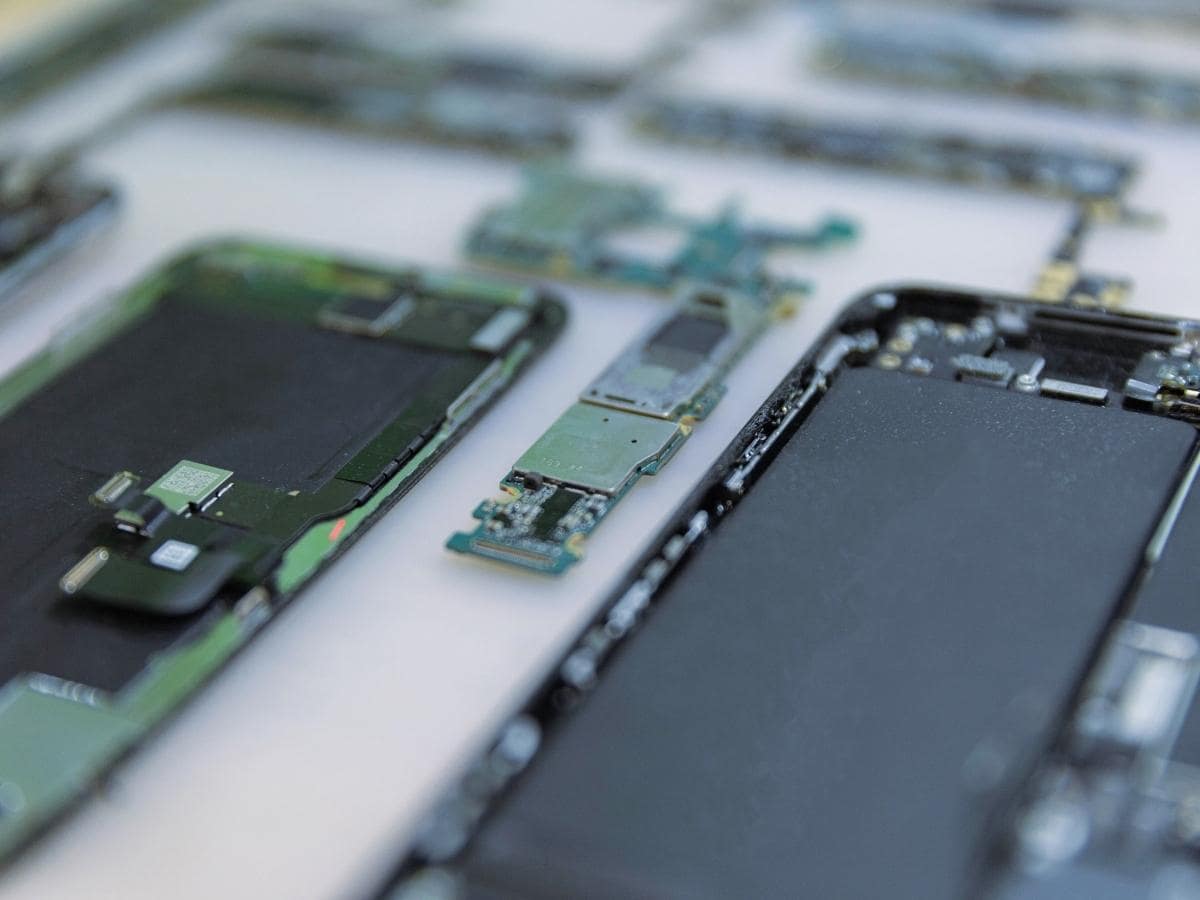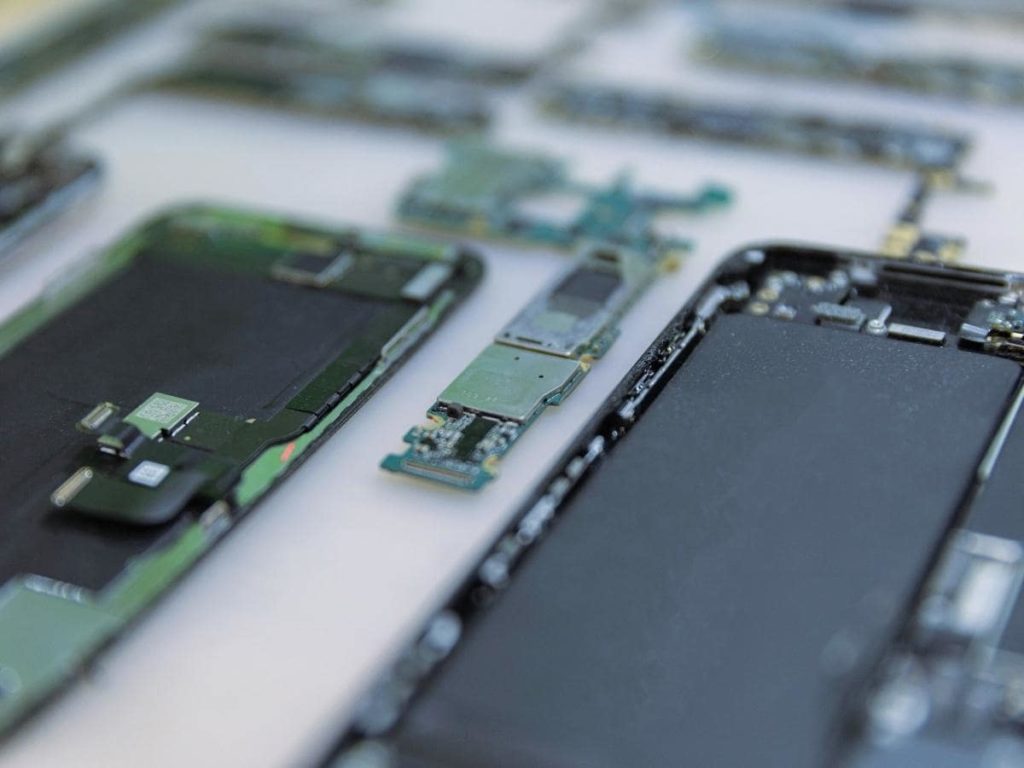
How to Fix It When You’re Not Receiving Texts on Android
If you’re not receiving texts from your contacts, you may not be in the proper coverage area of your mobile network. Or, your network connection may be intermittent or slow. In such a case, the best way to solve the problem is to move outside the area where the network coverage is better. The network connection may also be poor if you’re inside a building, in a tunnel, or in a rural area.
Airplane Mode
If you’re not receiving texts on your Android device, there are a few things you can do to fix the problem. First, you need to make sure your phone is compatible with the network you are using. Second, it’s important to make sure you have a data connection available. Third, check to make sure your phone supports the type of network you’re on. If you can’t find this information on your phone, contact your device manufacturer or the network provider. If your phone is not compatible with the type of network you’re on, contact customer support for your model.
In some cases, the issue can be due to specific hardware. For example, if your phone is not receiving texts even though the network is available, your phone may be experiencing a hardware issue that prevents the software from performing properly. However, it’s always a good idea to check the settings of your phone to determine whether it’s causing the problem. If all else fails, you may want to try turning on notifications.
SIM Card
The first thing to do if you’re not receiving texts on your Android phone is to check your network provider. Sometimes, it’s your network that’s to blame. In that case, you can try to use Android Messages for the Web.
Other times, your phone’s inbox may be full. The inbox may be full or there’s simply not enough room for the messages. If your phone is full of texts, you can delete them to free up space. You can also try sending yourself texts. If the problem persists, check your network signal. If it’s weak, reconnect to another network to boost the signal strength.
Cache
There are a few things you can do to fix when you’re not receiving texts from your Android phone. First, you need to update the operating system on your phone. It’s easy to do and it will solve a number of system errors. It will also fix known bugs. Make sure to upgrade to the latest version if you’re using an older model. You should also check the settings for your SMS app and try sending a text. If this doesn’t work, you might have a SIM card issue.
Another option is to restart your phone. Sometimes, a bad network connection can cause problems with text messaging. When this happens, the messages will take longer to arrive. However, rebooting your phone can fix this problem. If the problem persists, you should contact your service provider and ask for a new plan. In some cases, the network carrier may change its messaging routing settings. If you’re still not receiving texts from the person you sent them to, you can use a messaging app like Signal to send and receive messages.
Unblocking Blocked Numbers
Blocking blocked numbers on your Android phone is the best way to avoid receiving unwanted calls and voicemails. It’s easy to do and doesn’t have a limit to how many numbers you can block. However, it’s important to know that blocking blocked numbers only works for public phone numbers, not those in your contacts. If you’re blocking a private number, you’ll need to unlock your phone before you can block it.
First, open the Phone app. This will display a list of blocked numbers. To unblock a specific number, tap on its icon or message if it’s visible. You may also need to tap the kebab icon or the menu button on the top right-hand corner of the screen. Once you’ve tapped the number’s name, you can tap on it to reveal a contextual menu. You can also touch and hold it if you’re unsure of whether to unblock it.
Turning off Adaptive Battery
An adaptive battery is an important feature that helps conserve your battery life. It determines how much power your apps are using and automatically places them into one of five “App Standby Buckets.” These buckets are intended to minimize the transmission of background data which is a common cause of phantom power drain. The adaptive battery also prevents your active apps from using the same amount of power as inactive ones.
The adaptive battery is a feature that many modern Android phones have. It utilizes AI to predict which apps you use the most often, allowing those that aren’t as frequently used to run in the background. However, this feature can interfere with receiving text messages. To turn off the adaptive battery, you must first turn off the Power saving mode on your phone. If your phone is in a spotty network connection, you can also check whether you’re receiving notifications on other devices.

